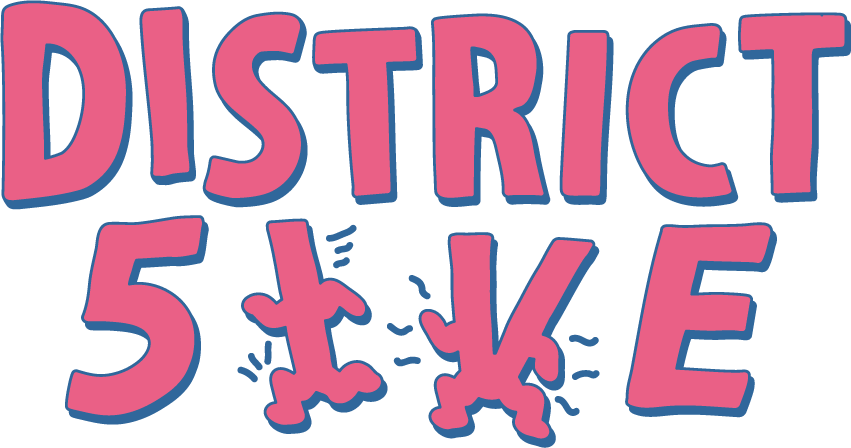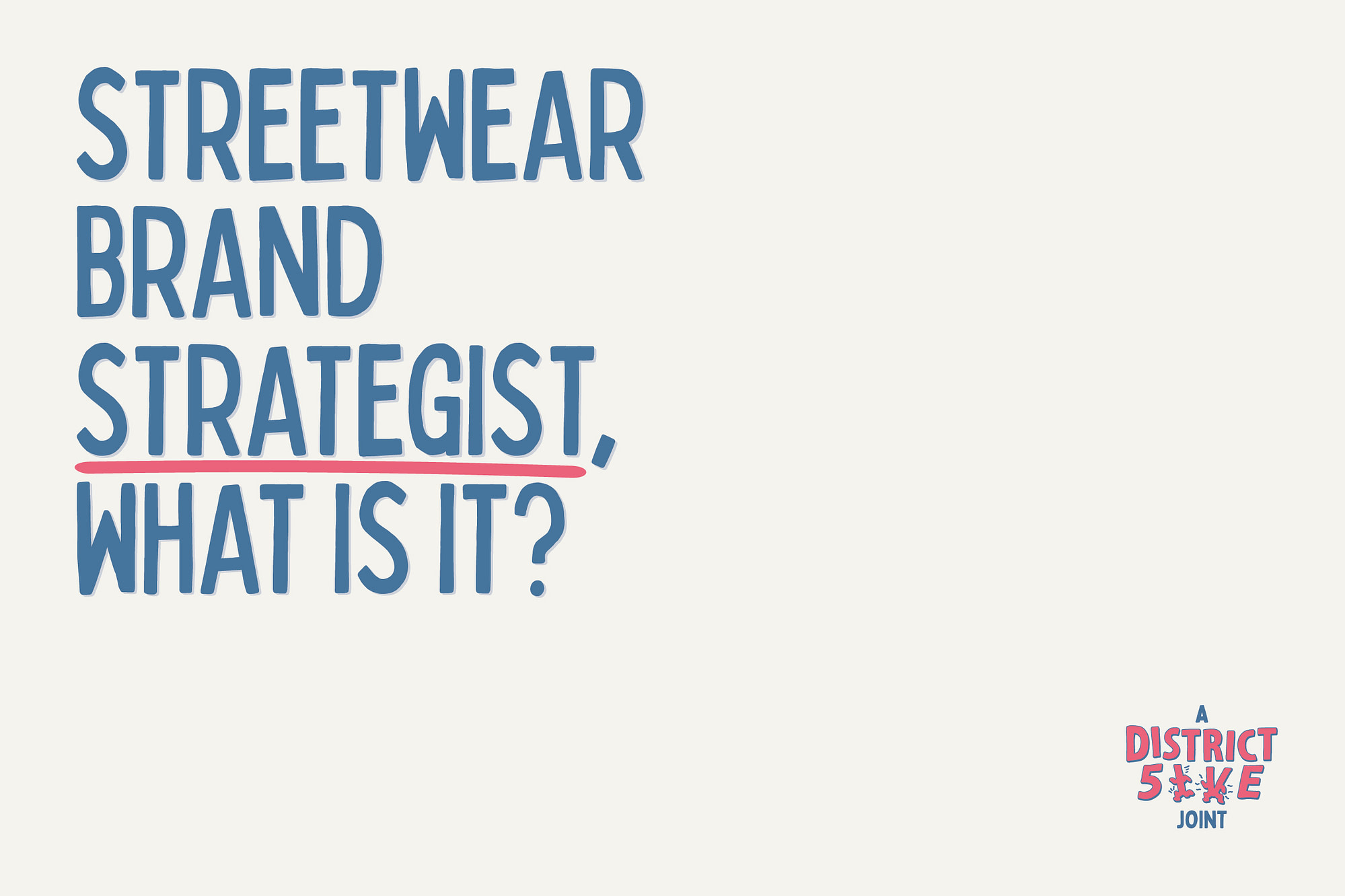As a freelance brand strategist, it’s my job to help you understand that the visual identity is only about 10% of the brand. The other 90% and what most of your customers won’t see, is the brand strategy. It’s in this 90% that we collaborate to create a brand strategy that will set your business up for the best type of success.
Whether you like it or not, you have a brand strategy. Your brand strategy may simply be that you are figuring it all out as you go. As a business owner, the odds are stacked against you already. Not to mention your chances of success without having 90% of your branding foundations in place and this is exactly why you should hire a freelance brand strategist.
“Strategy without tactics is the slowest route to victory. Tactics without strategy is the noise before defeat”. – Sun Tzu
To help you get a little bit better understanding of what I do as a freelance brand strategist in NY, London, Melbourne and Berlin markets, I have written a blueprint for my brand strategy framework.
1. Brand Foundations / Internal Brand.
It all starts with the internal brand. What are you all about? Aside from making money, what other reasons do you exist as a business? This includes your purpose, vision, values, mission and much more.
2. Finding your target audience
For your business to do well and for it to be successful, people need to want what you are offering. These people are a group who we call the target audience. We need to know these people as intimately as possible.
We can break down defining the target audience into 3 sections:
– Description: Demographics and psychographics details of the person.
Make them human. What do they look like? Where do they hang out? What media do they consume? What type of slang do they use when they talk?
– Motivation and needs: What drives them? What’s important to them? What role will the brand play in their life? What do they love, what do they hate? What can make their life better?
– Pain points/frustrations: In the context of the brand, what problems does the consumer have that need solving? How is their life made better by interacting with the brand?
This leads to figuring out the emotions of these people. If you can figure out their emotions, you’ll really understand them and be able to empathise and connect with them. For me, I feel this with Aime Leon Dore. Anything they put out, really appeals to me.
3. The Market Landscape
Let’s deep dive and figure what and who is out there. If you’ve found a group of people that are your target audience there is a fair chance your competitors have also. You need to know the market before you can rule the market. If you play poker, this is being able to see the dealer’s hand before you decide to engage in the hand or not.
Know what the competition is doing, so you don’t come out with a clone like an offering.
Once you have a clear picture of your market landscape, this is how you find your gap in the market.
4. Finding Your Market Position
Once you figure out the gaps in the market, you need to ask yourself, how are you going to win over this gap and be different from the market? What is it that separates you as a company? You need to give the audience a reason to notice you. This is where they pick your brand over your competitors.
When you understand your market position, this is when you know the value you’ll bring and how you are going to positively impact your customer’s life.
5. What’s Your Brand Personality
What we say to the audience is important but how we say it, is going to mean more and about us connect quicker. Think about your best friends. Why did you initially connect with them? You may have a few reasons here but their personality should also be listed. What is the personality of your brand, this is how and why your customers will connect with you. Because you already know your audience, you know their personality, so this is where your brand’s personality can be created to attract that audience.
6. Finding Your Brands Voice
Because we already know the personality that our audience is going to be attracted to, tone of voice is how you write it so that the right customer will be attracted. Once you figure out your brand’s personality, this comes back to the question of ‘what type of slang’ would it use? This is everything from how your website reads to how you tend to write social media posts. The tone of voice can be the easiest way for a customer to recognise the brand’s personality because you speak in the same lingo as your target audience, they will resonate more with you than your competitor.
7. Develop Your Messaging Strategy
This is where we figure out what we are going to say and where we are going to say it. What are we going to say that is going to impact their lives and what will connect with our audience? Humans always think, what’s in this for me? So this is what we need to sort out first. Break the messaging up into a series of key messages. The first needs to address the ‘what’s in it for me’ and show them how you can improve their life. Then you need to follow this up and show them that your brand is more than just a transactional brand. This is where you have the ability to turn a one night stand into an ongoing relationship. You won’t ‘hit it and quit it’, as they say. Your customers also won’t just order from you and be forgotten. We want more from the relationship than just a transaction.
Split the messaging up into:
Messaging that will prove the value of your brand and it’s got something to offer
and
Messages that are going to show we want more from this relationship than just their transaction.
8. Craft Your Brand Story
Humans are fascinated by stories. It’s how we know the history of mankind.
Because of this, it’s built into our DNA. We listen better when we hear stories.
We are 22x more likely to remember story-based information rather than fact-based info.
Show your audience why you are different and show the impact we can make in their lives through a story or a series of stories, they will listen. Modern storytelling is much different from what we grew up hearing. Modern storytelling is your main story broken up into mini-stories.
9. Develop Your Name And Tagline
We know everything we need to know about the market, the customer, and our brand. Now we need to figure out the name and the tagline. What will our audience remember? What will they be attracted to?
10. Design Your Brand Identity
Time to get those sketch pads out and use them Stabilo pens! We need to create an identity. You have all of the strategic information to create an identity that will bring out your characteristics and personality. By creating the identity at this stage, you know how to create with your target in mind.
11. Creating The Collateral
This is where your strategy and identity come together. Everything from your purpose to your colour palette, they come together in the collateral. Websites, social media, emails, icons, graphics, flyers.. are all combined in this. Every touchpoint.
12. Get Your Brand Seen / Brand Awareness
We need to figure out where our audience goes to get the information about the problem that we are going to be solving. Where do they hang out online? Where do they hang out physically? Where are they most likely going to be open to our messages?
From these, let’s figure out where the messages will be the most effective and then develop specific messages for each of these environments.
This is where your marketing strategy comes into play.
13. Launch Your Brand
The hard work is done. Now it’s time to execute.
14. Analyse. Optimise. Evolve.
Do more of what’s working and do less of what’s not. We gotta stay agile and keep the head on a swivel.
If you don’t just want to slap a logo on a product or website and tell people it’s yours, then this is a bit of a glimpse at how to make it much more than that, this is why you should work with a freelance brand strategist, even if it’s not me.
Thanks for taking the time to read about my process as a creative brand strategist. If you’d like to talk more about this, please feel free to contact me.
– Hayden Czwarno
Does your streetwear brand have a proper strategy? Even if you think so, let’s discuss.

